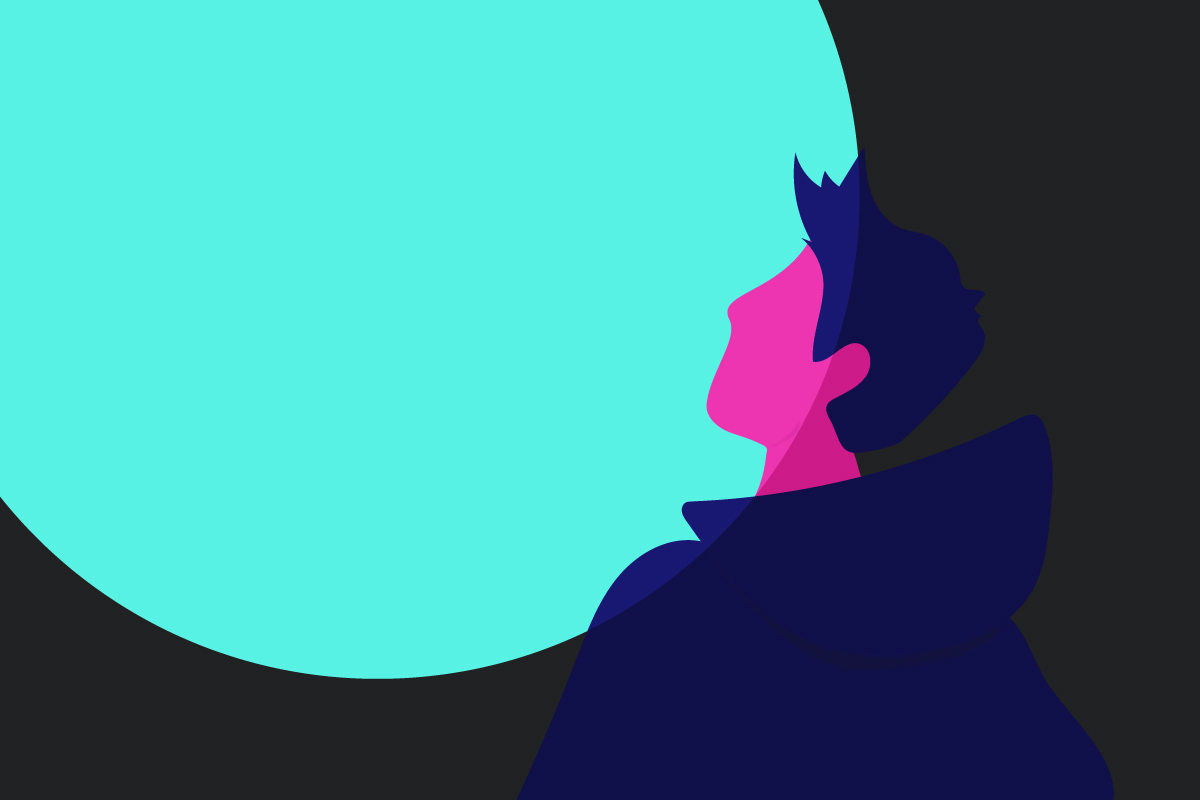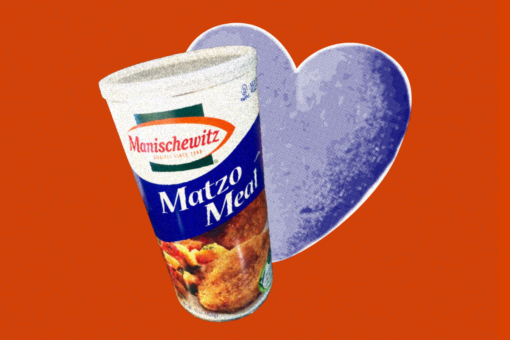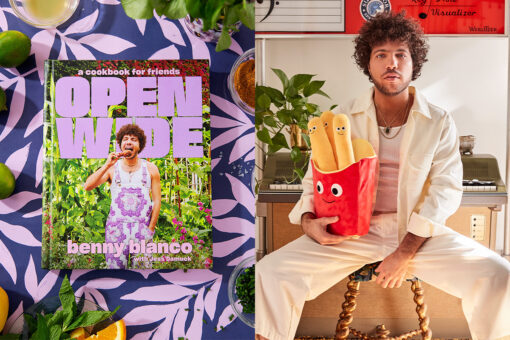When I was 11 years old, my uncle came out of the blue at a birthday party and confessed to me, “Kid, we are Jewish.” This was news to me. He continued, saying that our ancestors were Sephardic Jews who had fled the Inquisition along with other converted Conquistadors (Jewish conquistadors!).
He was right. Many years later, I traced our family genealogy and found out that my family were Crypto-Jews, descended from Jews belonging to a congregation that was dismantled in La Parra, Badajoz, Spain, who made their way to the New World in 1532, landing in the New Kingdom of Granada, a colonial entity corresponding mainly to modern-day Colombia and Venezuela.
Often called anusim (Hebrew for the forced ones), marrano (Spanish for swine), or conversos (converts), Crypto-Jews are descendants of Medieval Sephardic Jews expelled officially from Spain and Portugal in 1492. Under duress, they were converted to Catholicism but continued to practice Judaism in secret for hundreds of years as they settled in Western Europe and the Spanish Empire’s New World frontiers, where many had sought a haven.
The partially open Crypto-Jewish societies prospered in former Spanish territories until the late 1500s when the Inquisition quickly and diligently erupted in the colonies and hunted down those accused or suspected of being hidden, silent Jews. Prosecutions, trials, and imprisonment followed, and within a century, the Crypto-Jews were no longer to be found — well, at least openly.
My uncle’s revelation turned out to be both striking and frightening. How did something so evident, like one’s religion and identity, became a well-kept family secret? Even my mom, the youngest of her siblings, didn’t quite grasp the shocking disclosure at first either. Her mother, who died when she was only 14, never confided anything to her, even though she was the torchbearer of our tradition. Baptized Catholic by her father, against my grandmother’s will, my mom never suspected or had any consciousness that her customary family traditions were, in fact, deeply ingrained in Jewish worship.
One year, my brother didn’t want to partake in our annual fast (oh hey, Yom Kippur!), a tradition we did to celebrate the end of the winter season. My brother argued that none of his friends did it and that he considered refraining from eating “stupid” and “a violation of his rights.” Mom went berserk and replied, glaringly to my brother’s audacity to question the practice, “WE HAVE TO DO IT. It’s for health reasons, goddamnit.” She clearly didn’t have a clue about the higher meaning behind it, yet she was following her mother’s teachings by heart and passing them on to us. She was keeping up the family tradition, even if she didn’t know exactly what it was.
As I started to look deeper into my ancestors’ past, all the Judaic elements began to unveil in front of my eyes. Our avoidance of eating pork, our custom of lighting candles on Friday evening, keeping separate pots for milk and meat, and even the way animals used to be killed in our farm — slitting their throats, draining the blood, and removing the sciatic nerve. Other practices weren’t as evident, though, like following a ritual similar to shiva after a relative’s death, or even the way my mother had been taught to sweep toward the center of the room instead of straight out the door. Only later would I find out that some of these customs were also kept by other Crypto-Jewish families spread across the American continent, like in New Mexico.
I had no idea that such “family traditions” were vestiges of Judaic practices nor that we were silent Jews who led double lives for generations altogether. I just thought my family was weird and that our lifestyle was unusual, if not bizarre. Nonetheless, there was something quite apparent in my family: We were not observant of any religion.
Some of my relatives knew our secret, others refused to see, and some were kept in the dark for years. Me, on the other hand, decided that it was time to come out of the darkness and live as my true self, like the Jew I always was.
All of a sudden, my life made sense. Judaism resonated with me immediately. But as I began making the transition back to it, I encountered a variety of personal dilemmas and insecurities.
The most intricate and challenging part of having discovered that I was a Crypto-Jew, an anusim, was not accepting myself but finding acceptance on the exterior side of the spectrum. I often worried that my — now fellow — Jews wouldn’t want to speak to me, or even embrace me at all, because I was an abnormal, diluted version of what was supposed to be Jewish. Only later in life, I would discover that Judaism comes with many mixed identities and different variations, that being Jewish is not a “one model fits all” kind of deal.
At times, I’ve felt vulnerable and incomplete because I was not a “fully formed” Jew. I grew up without the embrace of a Jewish community, and I lacked that essential factor of the Jewish religious practice and experience. I heard stories, online and offline, of hidden Jews wanting to come back to Judaism, just to find harsh rejections by local rabbis and shut doors in front of their faces from congregations and communities all across America and Europe. I was afraid that I would never be accepted. I feared no one in the Jewish world would give me an opportunity to come into my fullness and experience being a proud and out Jew.
For years, I was in fear of revealing who I really was. Every time someone would ask what my religion was, I would nervously reply that I was “an atheist.” Such a statement would make me feel horrible because I knew deep down that I was being disingenuous, not only to them but also to myself and my ancestors, whose sacrifice and exceptional courage kept our Jewish legacy alive. They did that, despite the horrible circumstances, despite the environment and the odds.
When I finally had the guts to deal with my hidden Jewish identity, a journey of self-love and acceptance began. At first, I got in touch with a congregation in my hometown and some friends who were also Sephardic Jews. In the beginning, I didn’t even know where to start or how to be a “proper Jew,” but my strong desire to reconnect to my Jewish roots prevailed.
And I kept asking questions. At 18, when I moved to Europe, I began teaching myself some Hebrew and studying Torah. I started observing the High Holidays and attending synagogue services. Slowly but surely, a tremendous burden was lifted. I was living my authentic life; I did what my ancestors couldn’t do for centuries.
My family lived in times when they had to conceal their religious identity to survive. They lived discreetly, keeping Jewish practices that would have put them in danger had they been discovered. They risked expropriation of assets, jail, torture, and even death. My ancestors overcame many obstacles, oppression, fear, and betrayals from their friends and family. But they persevered, and they did it with dignity, bravery, and the determination to keep alive our Jewish heritage. Our legacy. Our Jewishness.
It only remains for me to honor them by living fully and openly as the Jews we were and always will be.



